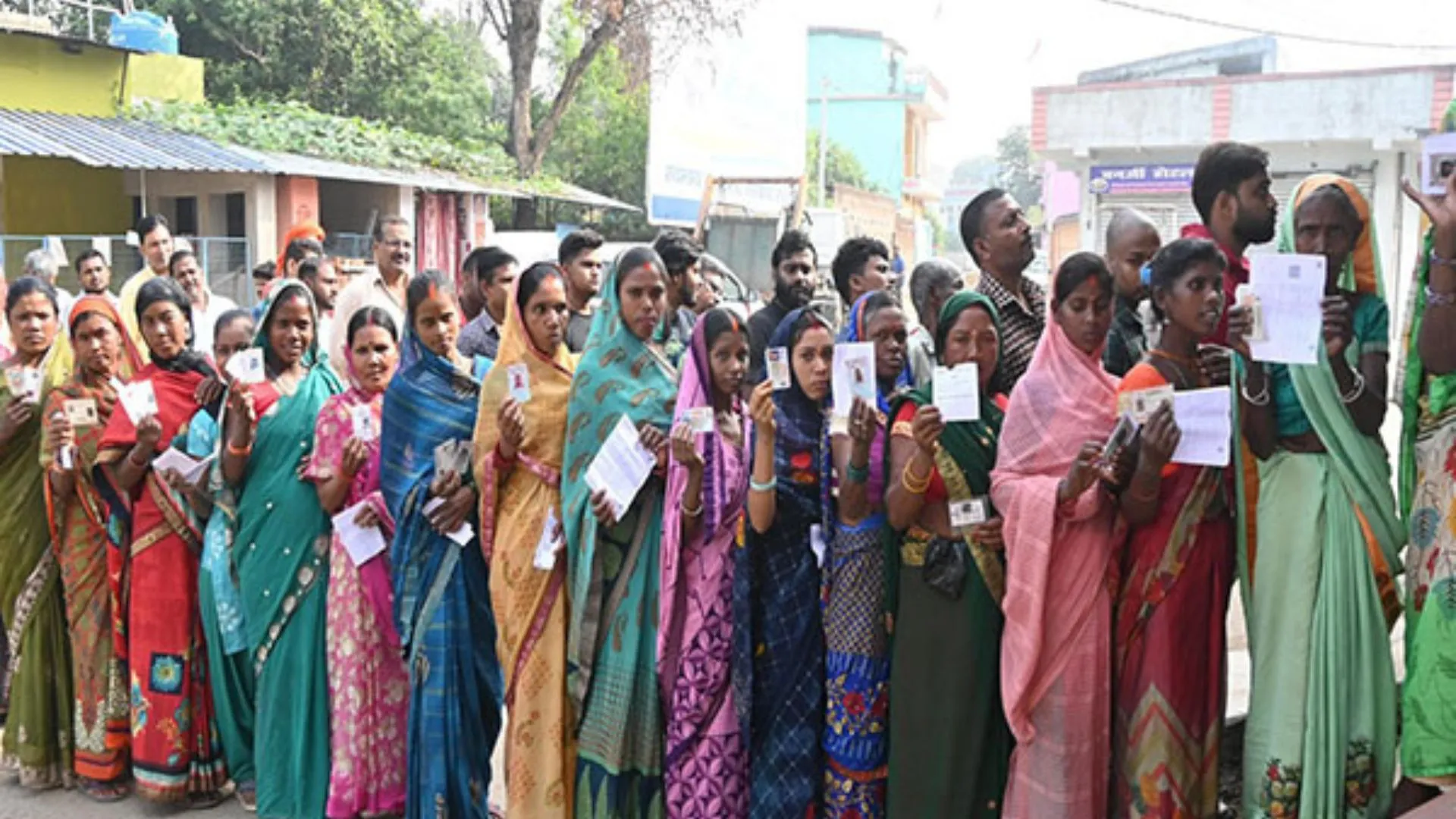As Delhi grapples with a steep decline in air quality, residents are facing significant health risks due to the hazardous conditions. The Air Quality Index (AQI) across the National Capital Region (NCR) reached an alarming average of 293 on Friday morning, October 18.
Several areas in Delhi are reporting AQI levels soaring into the ‘severe’ category, prompting urgent health advisories.
Current Air Quality Status
The Central Pollution Control Board (CPCB) reported that as of 9 a.m. on Friday, Delhi’s average AQI stood at 293, indicating unhealthy air quality. Surrounding NCR regions are also experiencing poor air quality, with Faridabad recording an AQI of 194, Gurugram at 196, Ghaziabad at 247, Greater Noida at 296, and Noida at 242.
Alarmingly, specific areas in Delhi are witnessing AQI levels between 300 and 400. Notable hotspots include Wazirpur (379), Vivek Vihar (327), Shadipur (337), Rohini (362), Punjabi Bagh (312), Patparganj (344), Narela (312), Mundka (375), Jahangirpuri (354), Dwarka Sector 8 (324), Bawana (339), Anand Vihar (342), and Alipur (307).
With such alarming statistics, the health implications for residents cannot be overstated. The air quality has led to increased complaints of respiratory issues, prompting officials to recommend a series of precautionary measures.
Dos: Essential Precautions to Take
1. Stay Indoors: During periods of severe pollution, it’s crucial to minimize outdoor activities. If venturing out is unavoidable, take precautions to protect yourself.
2. Wear Protective Masks: When outside, use masks, especially N95 variants, to filter out harmful particulate matter like PM10 and PM2.5. This simple step can significantly reduce your exposure to air pollution.
3. Incorporate Air-Purifying Plants: Enhance indoor air quality by placing air-purifying plants such as Tulsi, spider plant, and aloe vera in your home or office. These plants are low-maintenance and can help improve your indoor environment.
4. Stay Hydrated: Hydration is vital during times of poor air quality. Aim to drink plenty of water, along with healthy alternatives like coconut water and fresh lime juice. Consuming vegetable and fruit juices can also aid in hydration.
5. Follow a Nutritious Diet: A diet rich in antioxidants, proteins, and green vegetables can fortify your body against the adverse effects of air pollutants. Prioritize foods that boost your immune system.
6. Use Public Transport: Opt for public transportation whenever possible. This helps reduce individual carbon dioxide (CO2) emissions, cuts down on atmospheric pollutants, and contributes to better air quality.
Don’ts: What to Avoid During Poor Air Quality
1. Avoid Exercise in Polluted Areas: Steer clear of heavily trafficked regions when exercising, particularly during morning walks. Pollutants tend to linger close to the ground when air flow is stagnant, exacerbating breathing difficulties.
2. No Smoking Indoors: Cigarette smoke is one of the most prevalent indoor air pollutants. Ensure that smoking is not permitted inside homes or public spaces, and advocate for tobacco-free environments.
3. Turn Off Vehicles: To minimize pollution, ensure vehicle engines are turned off when stopped at traffic lights or in parking areas.
4. Don’t Litter: Keep public spaces clean to avoid contributing to pollution. Proper waste disposal is essential for maintaining air quality.
5. Celebrate Eco-Friendly: Opt for eco-friendly ways to celebrate festivals, avoiding firecrackers that contribute to air pollution.
6. Avoid Older Vehicles: If possible, refrain from using older petrol or diesel vehicles, which emit higher levels of pollutants compared to newer models.
MUST READ | Delhi Environment Minister Blasts Opposition On Air Pollution: “BJP Has No Right To Speak”

















